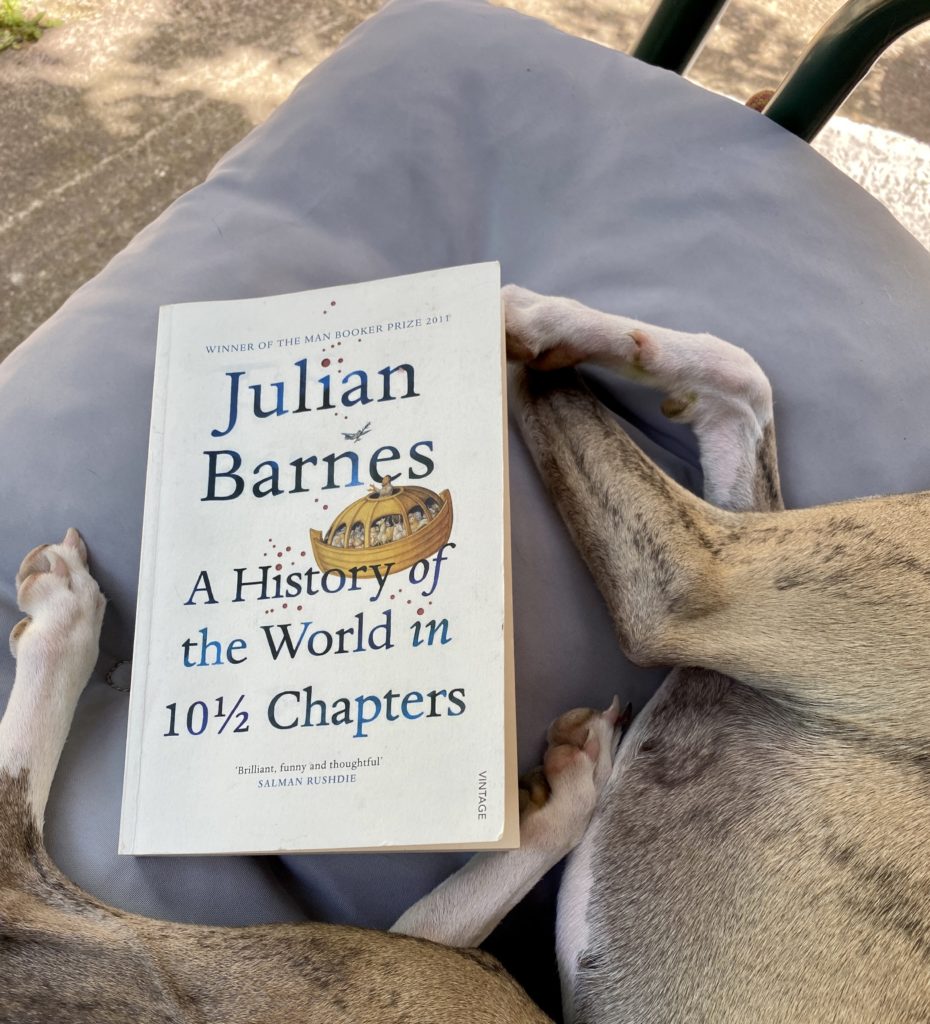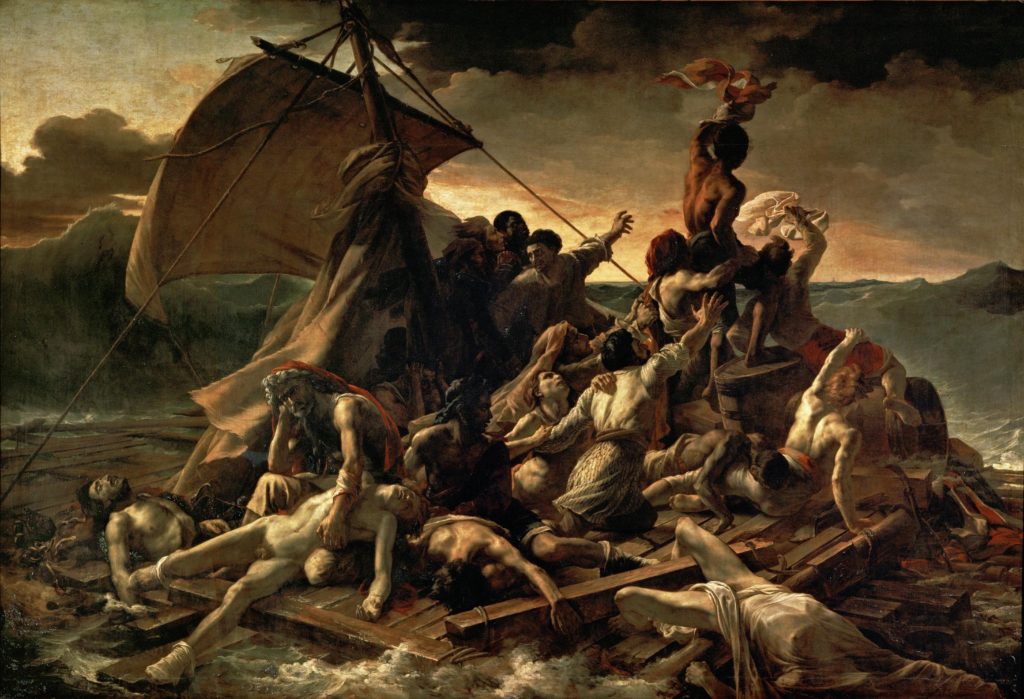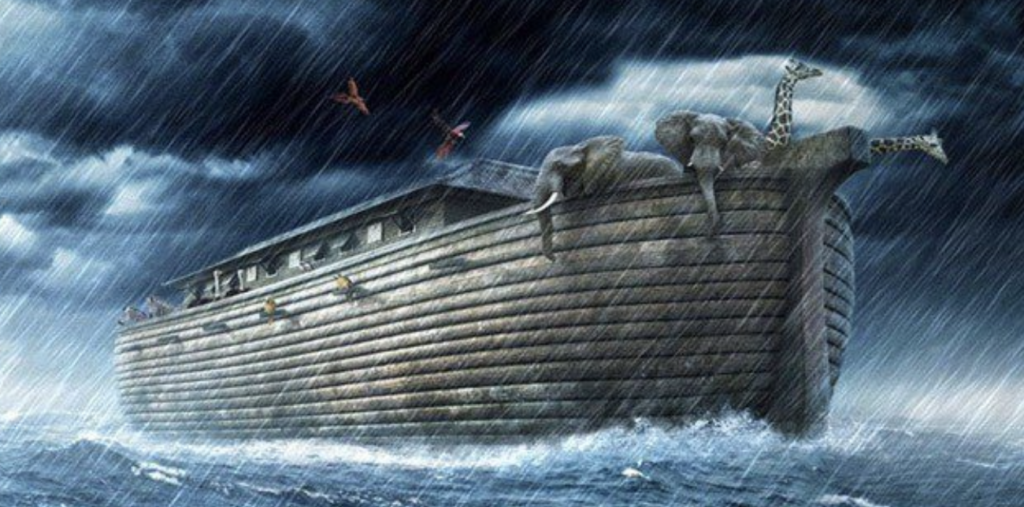Book Club Discussion!
Share your thoughts on ‘A History of the World in Ten and a Half Chapters’

Our current Good Read has certainly sparked strong reactions, judging by the messages I’ve received! Which is exactly what a Book Club choice should do.
I first read this book when it came out in 1989 and really enjoyed sinking my teeth into it again. I was struck by how differently I responded to it this time round. I suppose it is inevitable I would have changed as a reader and, well, a human, in a little over thirty years! Did I enjoy the book as much on this second reading? Definitely. Did I enjoy it differently? Yes, I think so. I wonder if that is partly to do with having become a mother in the intervening years. I found I was more anxious about the fate of the characters this time. More taken up with cruelties or hardships they endured. I recall the first time I read it being struck by its cleverness, and particularly the writer’s skill and dazzling imagination. Perhaps it’s not parenthood that has altered my priorities and perspective, but age. Do we grow more empathetic as we get older? It’s arguable that could be balanced by a growing cynicism. And yet, I was moved more by the plight of those doomed sailors, or hapless captives, or flawed lovers. So, for me, reading this book seemed to reveal as much about myself and how time has changed me, as about the writing and the story.
But, enough about me. To the book!

This dramatic painting is, quite literally, at the centre of the book. I can’t imagine what the author had to do to get his publisher to agree to a fold out full colour image in every copy of his novel! That in itself is strikingly unusual. However, as you read the book you begin to see why it was so important that a reproduction of the painting be available to the reader. The author examines the picture with a forensic eye, missing no detail, scratching away the surface image to reveal the hidden messages and meanings the artist wished to share with us, however covertly. I studied Art History for my first degree, so I thoroughly enjoyed this unpicking of an art work. For Julian Barnes’ purposes though, this was not an academic study. Rather, I think, the painting’s inclusion served two purposes in his book: one was to build upon the motif of the ship that sails through the story; the other was to show how what a person chooses not to reveal (about a subject or themselves) tells us as much as what they choose to show. Sometimes more. It’s a marvellous strategy for pulling the reader in to the highly specific, almost fetishised study of the work, while at the same time raising more general questions about how stories are told and retold, about history, about people, and about ourselves. And about how those different tellings alter that same story.
I am still astonished by the talent and creativity of the writer. To construct a book of seemingly disparate stories, pulled together by a theme of ships and perilous journeys with nothing more than a length of frayed, tarry rigging was such a brave, inspired idea. I found the overlapping references and connections immensely satisfying every time I came across one. There was a sense of resonance and connection that made the experiences of the individual characters more than merely personal. Their experiences, largely because of these links and echoes, seemed to speak of the universal. Of the suffering, hopes, dashed dreams, depravities, fears and passions of all of us.

So, not an easy book, but a wonderfully thought provoking one. Stylistically and structurally inventive and satisfying, full of vivid imagery and fascinating characters. I still love it, though it bothers me more now than it did thirty years ago. And perhaps that’s as it should be, and shows, as Julian Barnes was demonstrating in his book, we do not sail upon life’s choppy waters for any length of time without being changed. Often we cannot choose what those changes are, we can only choose how we respond to them.
Let us know what you thought!
Unfortunately, this was a DNF for me. I just was not able to get into it or follow the threads between the different stories. I look forward to the next book though!
It was a tricky one, so well done for giving it a go! I am letting my readers choose the next one. Will be interesting to see what we get.
It reminded me, at first, of the book In The Beginning by Nick Girard which retells the story of Heaven and Hell. How history changes with perspective and narratives. And then at some point I thought the wood worms from the Arc were the overarching characters, hidden behind the scenes but observe everything throughout history. I’m still not sure what I feel in general. There were some stories that captured me and others that I feel like I’ve forgotten.
Rochelle, I feel exactly the same. While this will always rank as one of my top twenty books, there are chapters of it that, in my opinion, didn’t work as well as others, and were a little, dare I say it, forgettable? I loved the motifs that recurred and the metaphor of the boat throughout. And those wood worm!